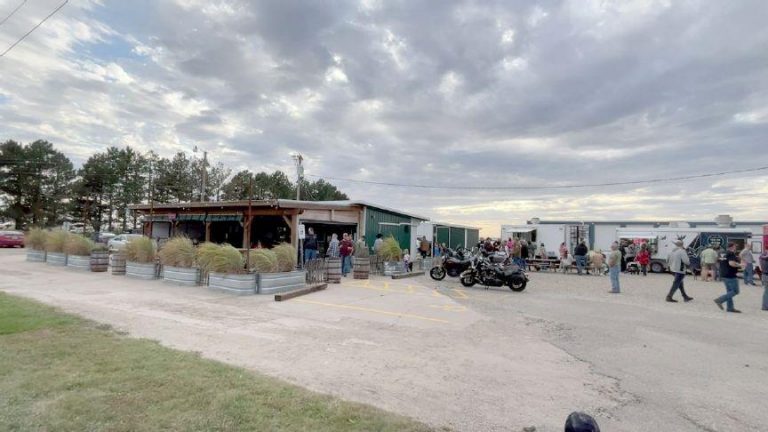McPherson County Jail recently reviewed its restraint policies and training procedures following an investigation by KMBC 9 News, a television station in Kansas City, that examined how jails use restraint chairs. Jail Administrator Arlo Blevins discussed the facility’s practices, emphasizing transparency and safety.
KMBC’s report, called “Chronicle: Restrained,” investigated injuries and deaths related to restraint chairs and full-body restraints in jails across the country. Their findings showed that some law enforcement agencies kept people restrained for too long or used pepper spray and tasers while individuals were unable to move.
The report included stories from families affected by these incidents as well as statements from officers, manufacturers, and state officials. It revealed that some departments failed to follow safety guidelines, which led to serious harm. This investigation prompted many jails to examine their policies, including McPherson County Jail.
At McPherson County Jail, new employees learn about restraints when they first get hired and take a test to ensure they understand safety rules. Officers must complete training every year on how to properly use restraint chairs.
After KMBC’s open records request, the jail reviewed its written policy and found that it did not clearly ban the use of tasers or pepper spray on restrained inmates. Although officers never used these methods, the department formally clarified the policy to reinforce safe practices.
“It should have already been in writing, even though we never did it,” Blevins said. “Once someone is restrained, there is no reason to use force.”
Restraint chairs are only used when inmates try to harm themselves, such as slamming their heads against windows. To improve safety, the jail recently got a new restraint chair. Officials have looked at alternative methods like wraps, but they aren’t confident those are better options.
“I wish we did not need restraints at all, but they are helpful when nothing else works,” Blevins shared.
To avoid hurting inmates during restraint, officers follow a specific process. At least four or five officers help with placing an individual in the chair, and each officer controls a different limb to keep movement calm and controlled.
When someone is placed in a restraint chair, officers must complete a report and check on them every 15 to 20 minutes.
“We make sure inmates get water, food, and movement breaks,” Blevins said. “Being still for too long can cause blood clots, so it is important to follow safety guidelines.”
Manufacturers recommend a maximum of two hours, but McPherson County Jail never keeps anyone restrained for more than 40 minutes.
Before officers use restraints, they try de-escalation techniques to calm the situation. Officers train annually on methods to defuse tension before it escalates. Blevins estimates that 90 percent of issues can be resolved through communication alone.
Mental health also plays a role in deciding whether restraint is necessary. If an inmate is in crisis but not physically harming themselves, officers work to avoid using restraints and focus on other solutions.
Every time someone is restrained, a supervisor reviews the report, and inmates are placed in front of one of the jail’s three booking cameras so officers can monitor their condition.
McPherson County Jail has never faced legal challenges regarding its restraint practices. However, officials acknowledge there have been restraint-related deaths at other jails in the United States, often linked to excessive restraint time, tasers, or pepper spray use.
While inmates have not provided direct feedback about the restraint chair, Blevins noted many acknowledge the restraint helped calm them down.
“They usually come out of it saying they do not want to go through it again, which means it served its purpose,” Blevins said. “But we should ask inmates for their opinions to see if there is anything we could do better.”
Officials say restraints should always be a last resort, and de-escalation should come first.
“It is slow progress, but jails across the country are getting better,” Blevins said. “The more days we can go without restraints, the better.”


